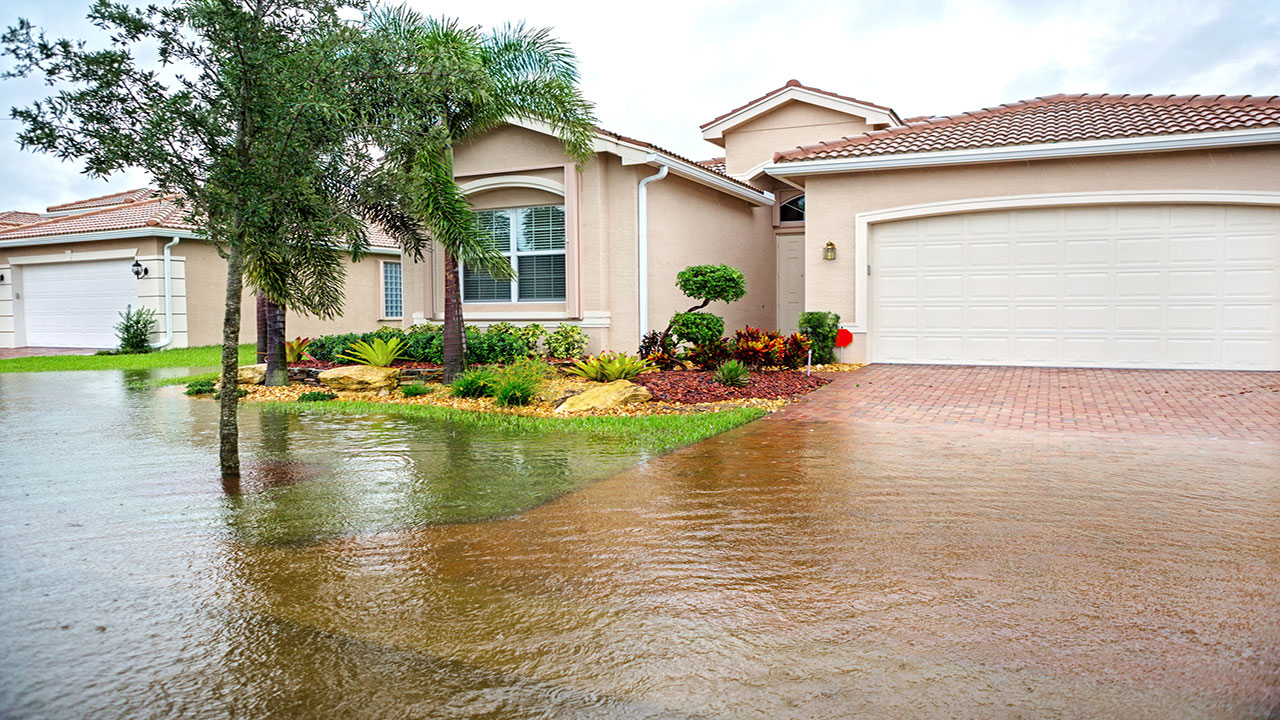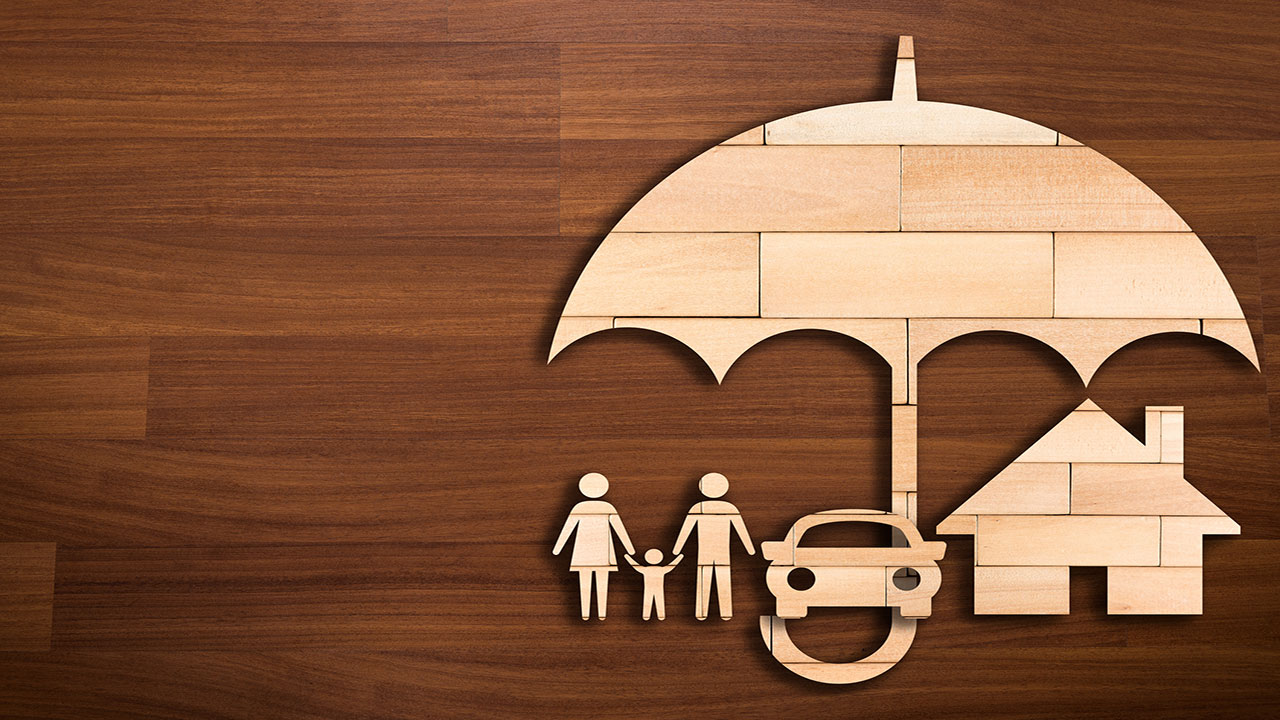Loopholes in Homeowners Insurance Policies

As a homeowner, you obviously need a homeowners insurance policy. It’s a no-brainer, and it’s also required if you want to keep your mortgage.
Even when you buy a home, your lender will want to make sure that the home you intend to purchase can be insured. No insurance means no mortgage.
But as crucial and helpful as these policies may be, they’re not always foolproof. In fact, it’s not uncommon for homeowners to be unpleasantly surprised and even downright shocked when they put in a claim only to find out that they’re not entirely covered for their particular issue.
This can be disheartening, especially when you consider how much you pay in monthly premiums.
That’s why it’s important to understand homeowners insurance policies and some of the loopholes that many of them come with that could land you with no money back from coverage.
Flooding

It’s not common to find general policies that offer insurance coverage for flooding. If you live in a flood-prone area, you’ll probably want to purchase a rider on your policy that will provide you with this extra coverage.
Earthquakes
Just like floods, earthquake coverage usually requires that you have a completely separate policy if this is the type of coverage you’re looking for. Standard policies are somewhat limited in what they cover, so you’ll definitely want to read your policy over in great detail in order to find out if you’re eligible for coverage for earthquakes, especially on the west coast.
Coverage Caps

Sometimes insurance companies will put a cap on how much coverage they provide on specific claims. For example, if your home was robbed and you had $10,000 worth of electronics stolen, your insurance policy might only cover up to $5,000. It’s important to discuss these little details with your insurance provider to find out exactly what coverage caps exist if any, before you ever have to file a claim.
Issues That May Have Existed Before Your Policy Was Taken Out
If your insurance provider deems an issue to have existed before you took out an insurance policy, you might find yourself without any coverage. So many things can fall under this umbrella. For example, any damage done to the structure of your home from termites, moisture, or even carpenter bees could be a bit of a challenge to argue. Your insurance provider might debate how long such issues have been going on in your home.
It’s possible that the issue started long before your policy was taken out and you just happened to notice it recently. Either way, it’s possible for insurance companies to question when such issues started relative to the start date of your policy and deny a claim as a result.
Damage Done While Home is Vacant

If your home was damaged by a flood, windstorm, hurricane, or any other natural disaster, you might find yourself fighting for damages if it was vacant when disaster struck. Many insurance companies have stipulations about the maximum number of days a home can be vacant and still be covered. It’s best to speak to your agent if you plan on going on an extended holiday to verify that you’ll still be fully covered in case a natural disaster or weather-related incident occurs.
Events That Occur at the Same Time
Many insurance companies have what’s known as an anti-concurrent causation clause, which simply means that two events that happen simultaneously and cause damage will not be covered. If you put in a claim for damage done by two events, you may find yourself with a denied claim if one of the events is covered while the other isn’t.
The Bottom Line
Obviously, you need an insurance policy on your home. But the type of policy you have and the coverage it provides are crucial. Be sure to get all the nitty gritty details of your policy to make sure you fully understand exactly what is covered, and what isn’t. And if you think your standard policy isn’t quite enough, consider taking out riders or separate policies to ensure more comprehensive coverage.


